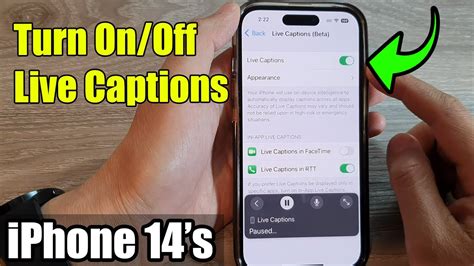How To Turn Ordinary Blog Posts into SEO Powerhouses
Creating engaging blog content is only half the battle. To truly succeed online, you need to transform your posts into SEO powerhouses that attract readers and boost your website's ranking on Google. This guide will walk you through the process, turning your ordinary blog posts into extraordinary SEO magnets.
Keyword Research: The Foundation of SEO Success
Before you even start writing, thorough keyword research is crucial. Tools like Google Keyword Planner, Ahrefs, SEMrush, and even free options like Ubersuggest can help you identify relevant keywords with high search volume and low competition.
Focus on Long-Tail Keywords: Don't just target single words; aim for longer, more specific phrases (long-tail keywords). For example, instead of just "shoes," consider "best running shoes for women with flat feet." These longer keywords often have less competition and attract highly targeted traffic.
Analyze Your Competitors: See what keywords your competitors are ranking for. This gives you valuable insights into the search terms you should be targeting.
Identifying Relevant Keywords: A Step-by-Step Guide
- Brainstorm: List all the topics related to your blog post.
- Use Keyword Research Tools: Input your brainstormed topics and analyze the results.
- Analyze Search Intent: Understand why people are searching for those keywords. Are they looking for information, products, or something else?
- Select Your Keywords: Choose a mix of high-volume and low-competition keywords that align with your content.
On-Page Optimization: Mastering the Art of SEO Within Your Post
Once you have your keywords, it's time to weave them naturally into your blog post. Avoid keyword stuffing—this is a major SEO penalty.
Title Tag Optimization: Your title tag is the most important on-page element. It should be compelling, accurately reflect your content, and include your primary keyword. Aim for around 60 characters to avoid truncation in search results.
Meta Description Optimization: Write a concise and engaging meta description (around 155 characters) that summarizes your post and encourages clicks. Include your primary keyword here as well.
Header Optimization (H1-H6): Use header tags (H1, H2, H3, etc.) to structure your content logically and incorporate relevant keywords. Your H1 should generally match your title.
Image Optimization: Use descriptive filenames and alt text for your images. Include your keywords where appropriate. Optimize image size for fast loading times.
Internal Linking: Link to other relevant pages on your website. This improves site navigation and distributes link juice, boosting your overall SEO.
External Linking: Link to high-quality, authoritative sources to support your claims and increase credibility.
Content is King (and Queen!): Writing for Both Readers and Search Engines
Your content must be high-quality, engaging, and informative. Focus on providing value to your readers. Google's algorithms reward websites that provide a great user experience. This means:
- Readability: Use clear, concise language and break up your text with headings, subheadings, bullet points, and images.
- Originality: Create unique, original content. Don't plagiarize!
- Length: Aim for comprehensive content; longer posts tend to rank better, but quality trumps quantity. Focus on fully answering the reader's query.
Off-Page Optimization: Building Your Online Authority
Off-page SEO focuses on activities outside your website that improve your rankings. This includes:
- Backlinks: Earn high-quality backlinks from reputable websites. These act as votes of confidence, telling Google your site is trustworthy and authoritative.
- Social Media Promotion: Share your blog posts on social media to increase visibility and drive traffic.
- Guest Blogging: Write guest posts for other blogs in your niche to gain backlinks and exposure.
Measuring Your Success: Tracking Your SEO Performance
Use Google Analytics and Google Search Console to monitor your website's traffic and ranking. Track your keyword rankings, organic traffic, and other key metrics to see what's working and what needs improvement. Regularly analyze and adjust your SEO strategy based on your findings.
By following these steps, you can transform your ordinary blog posts into SEO powerhouses that attract readers, boost your website traffic, and help you achieve your online goals. Remember that SEO is an ongoing process, requiring consistent effort and adaptation.
